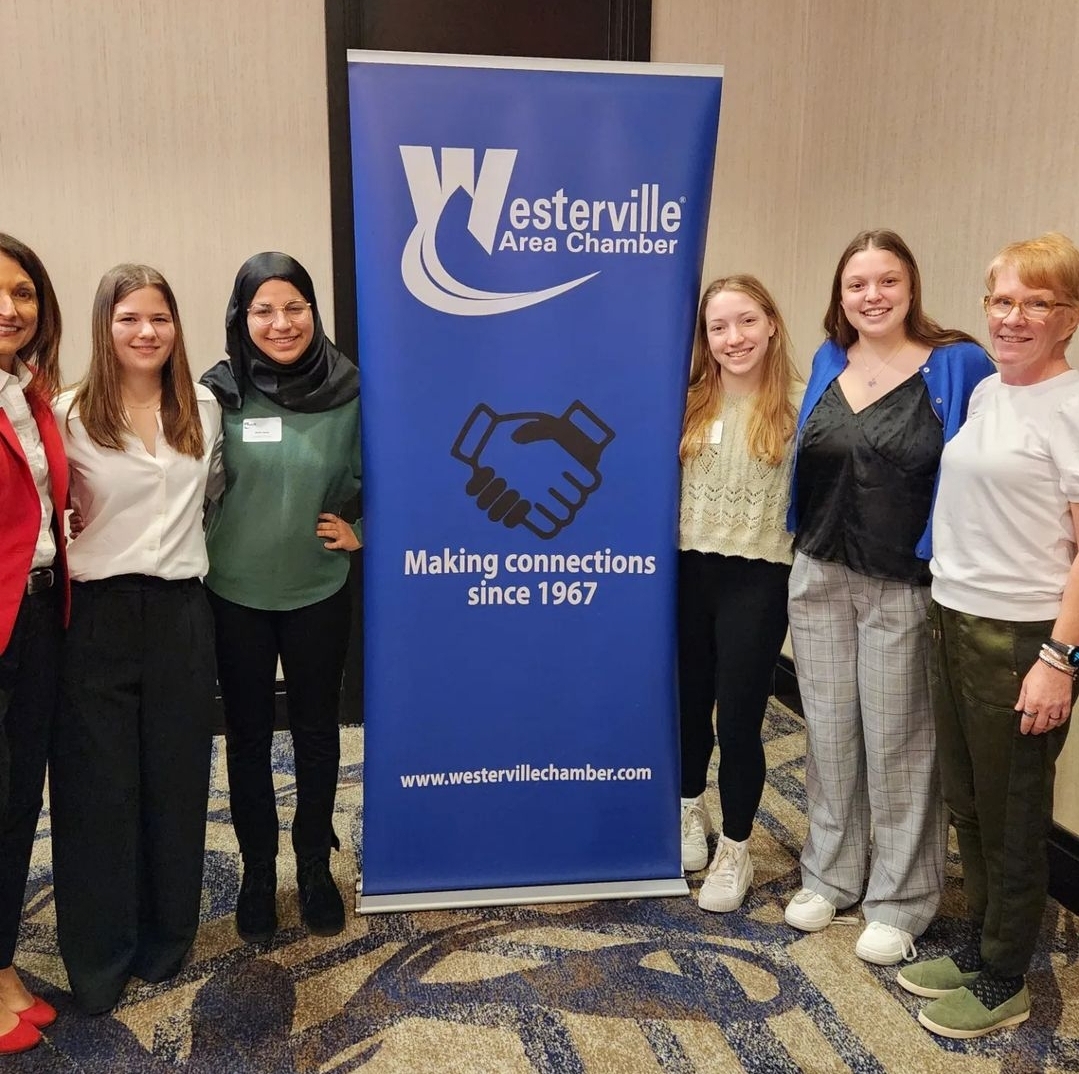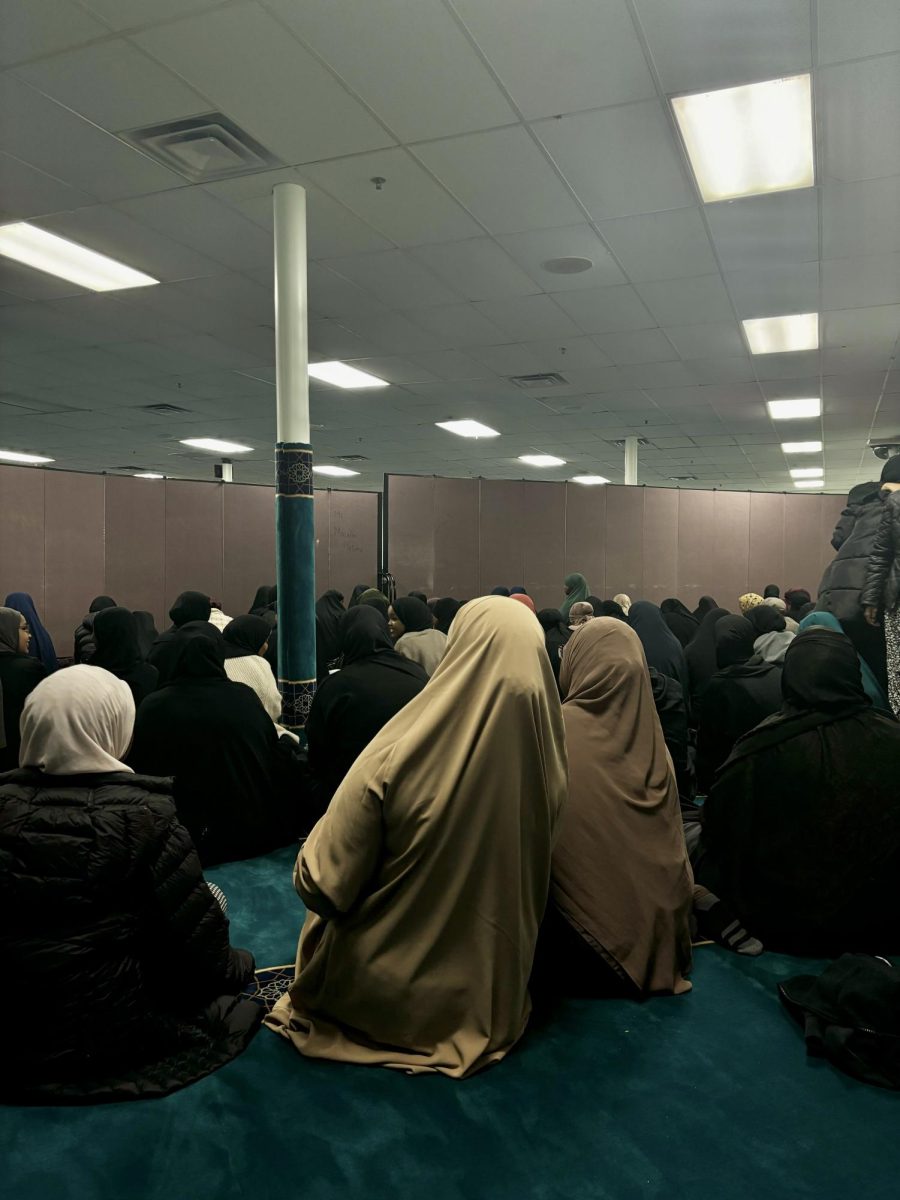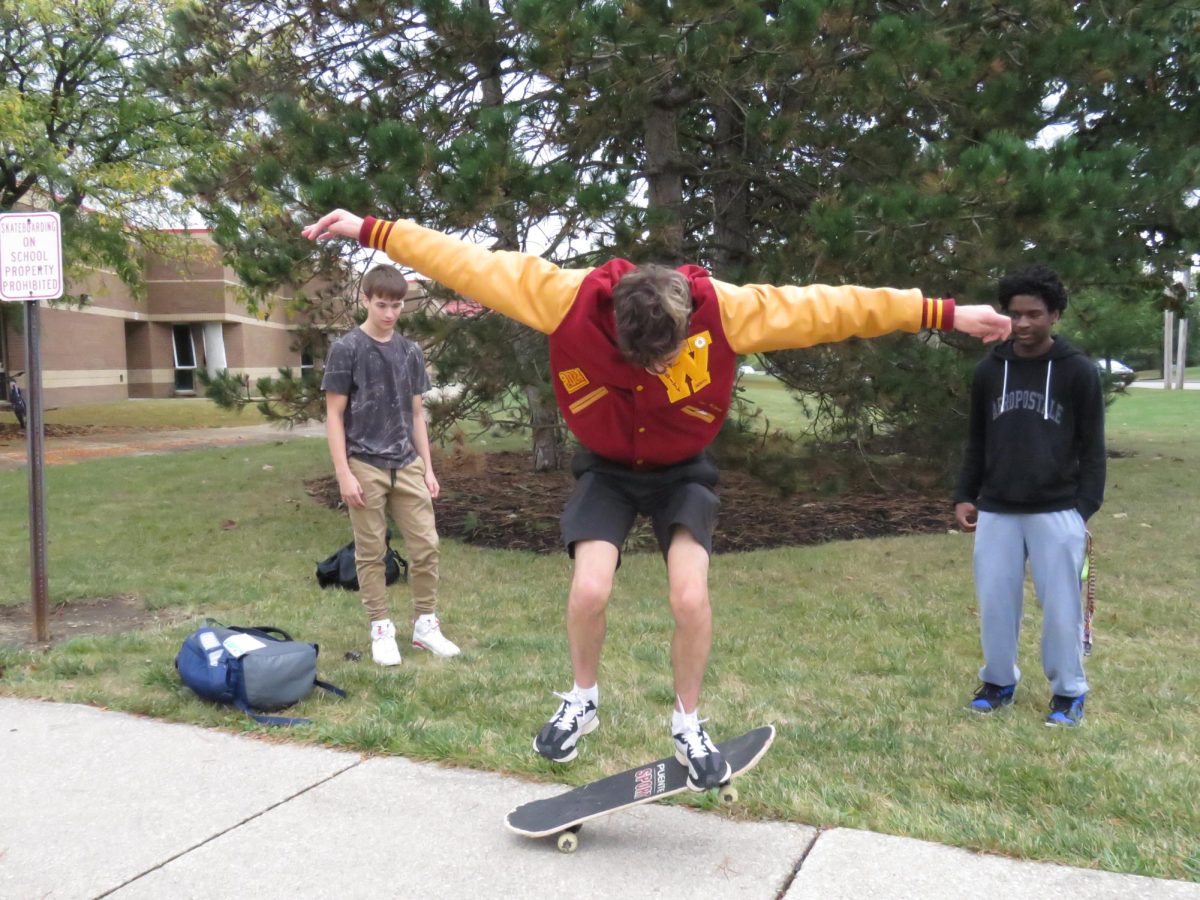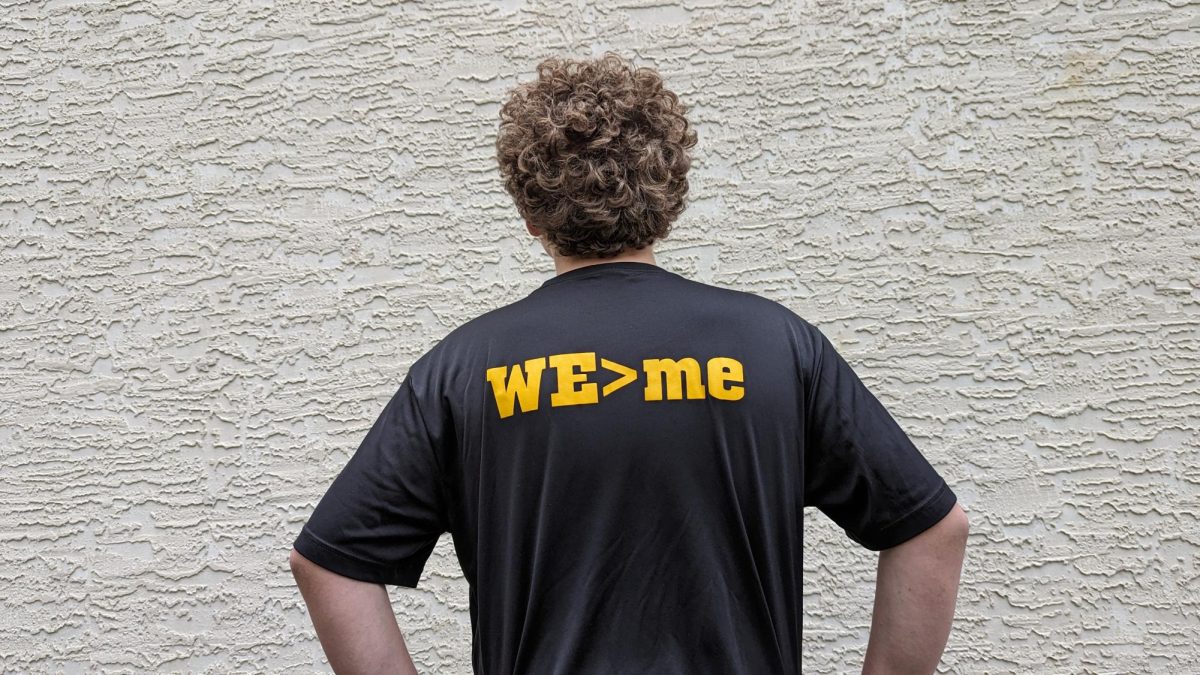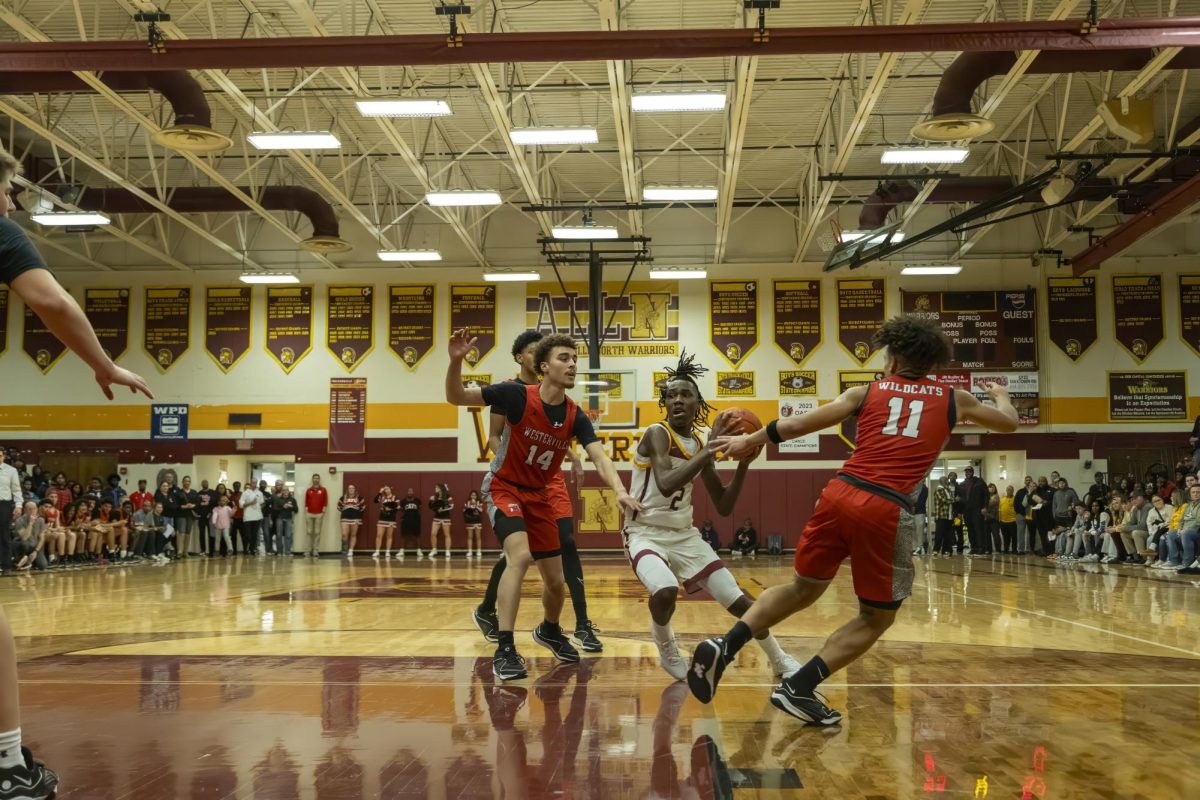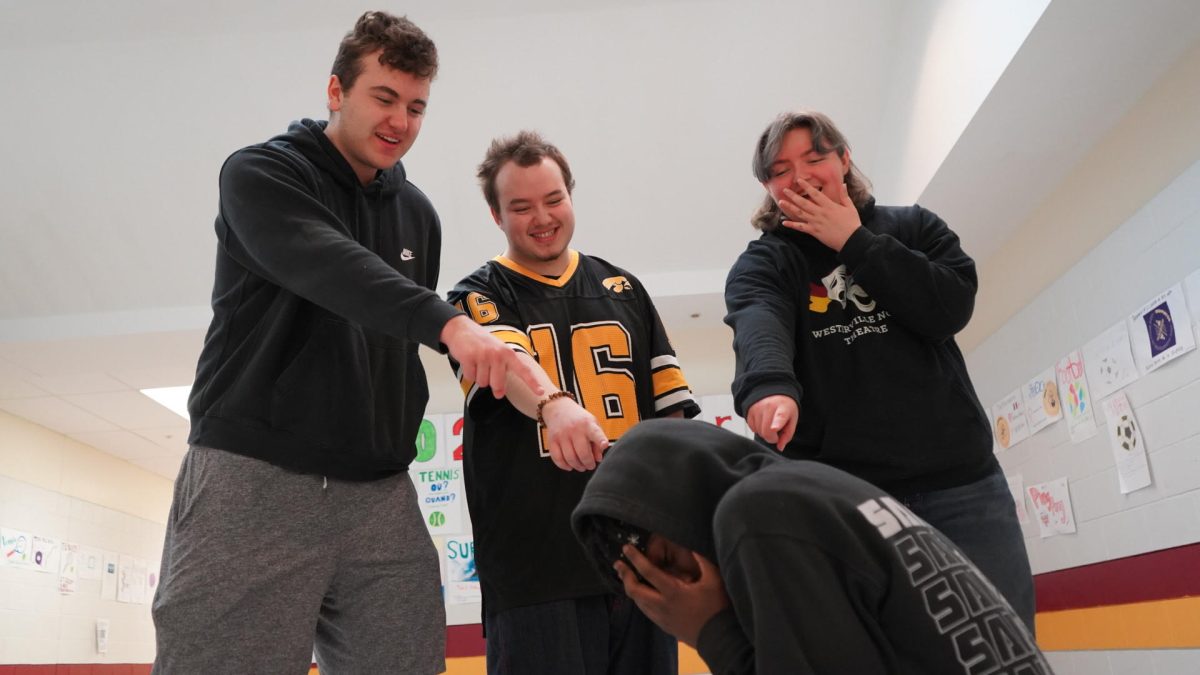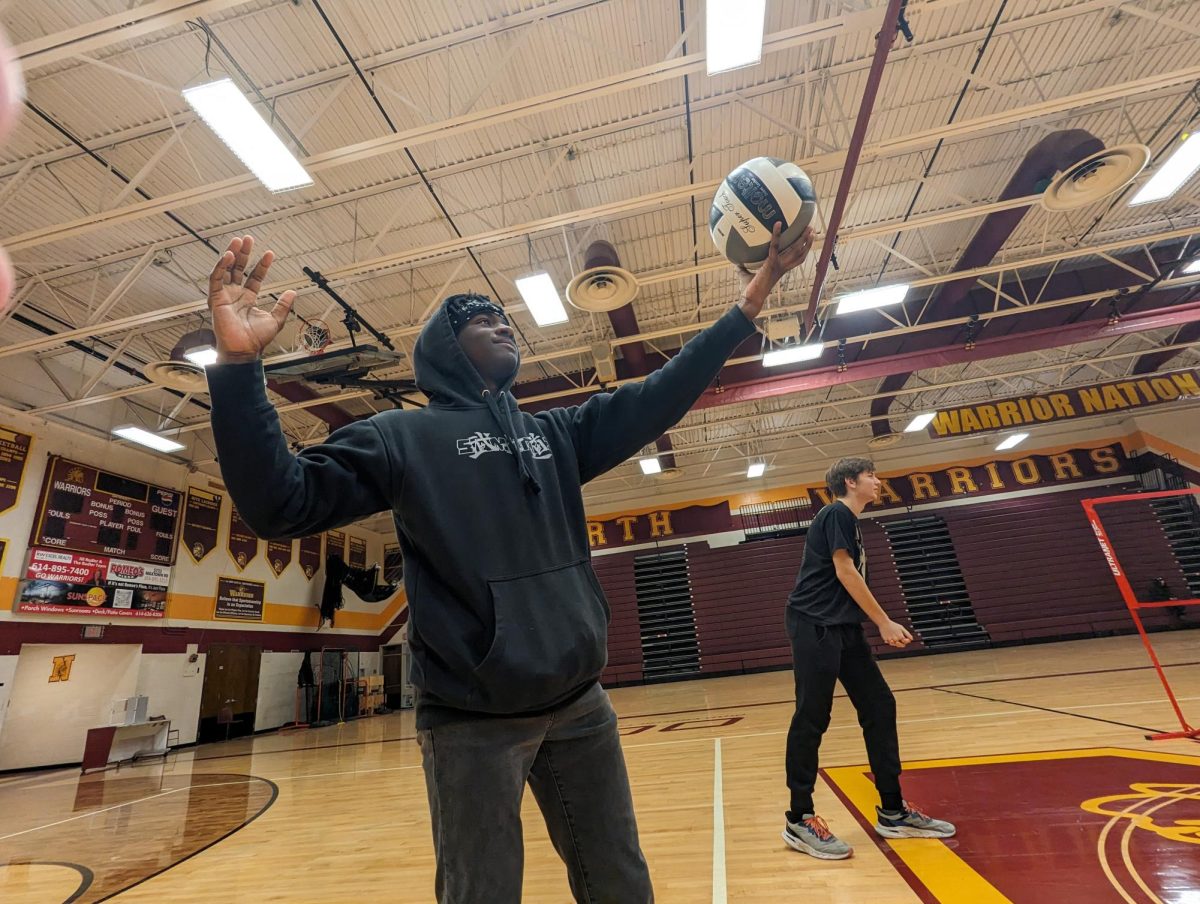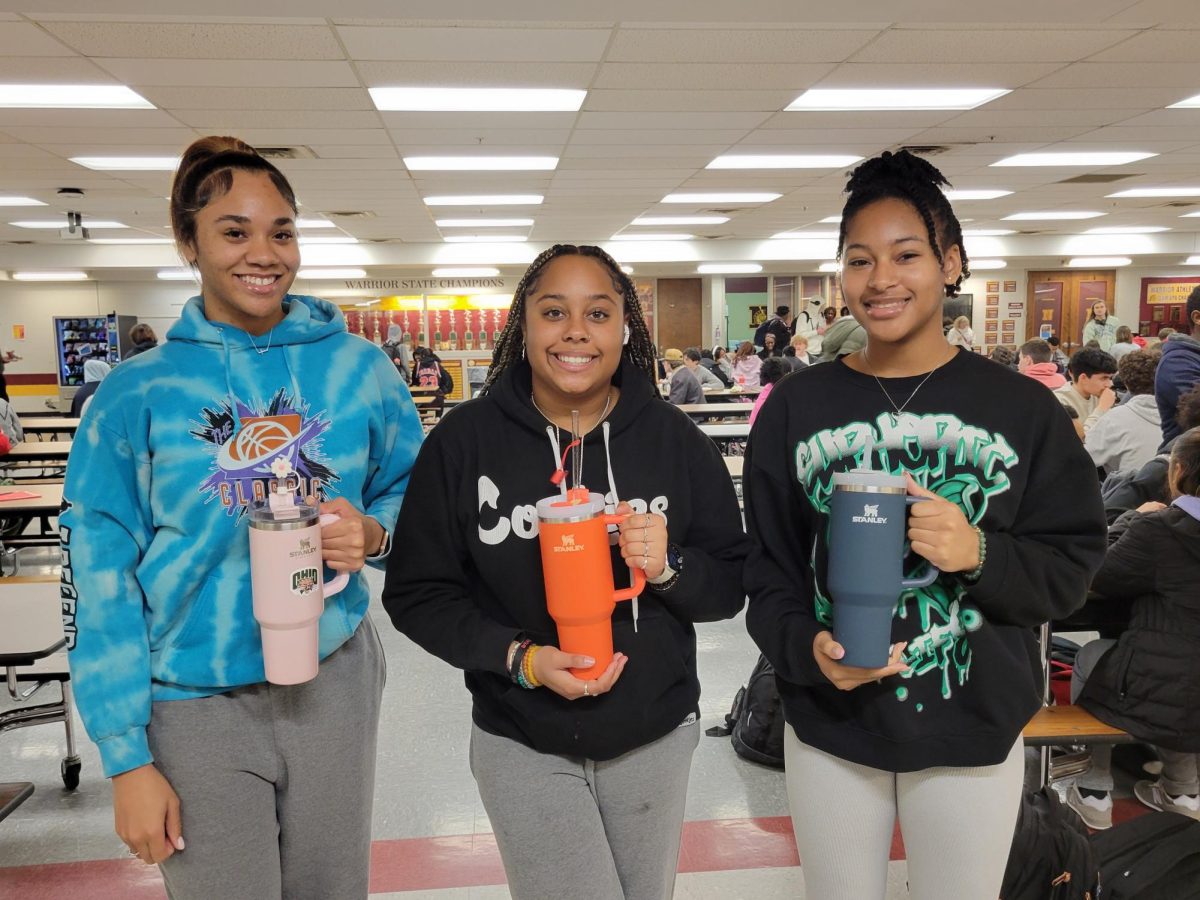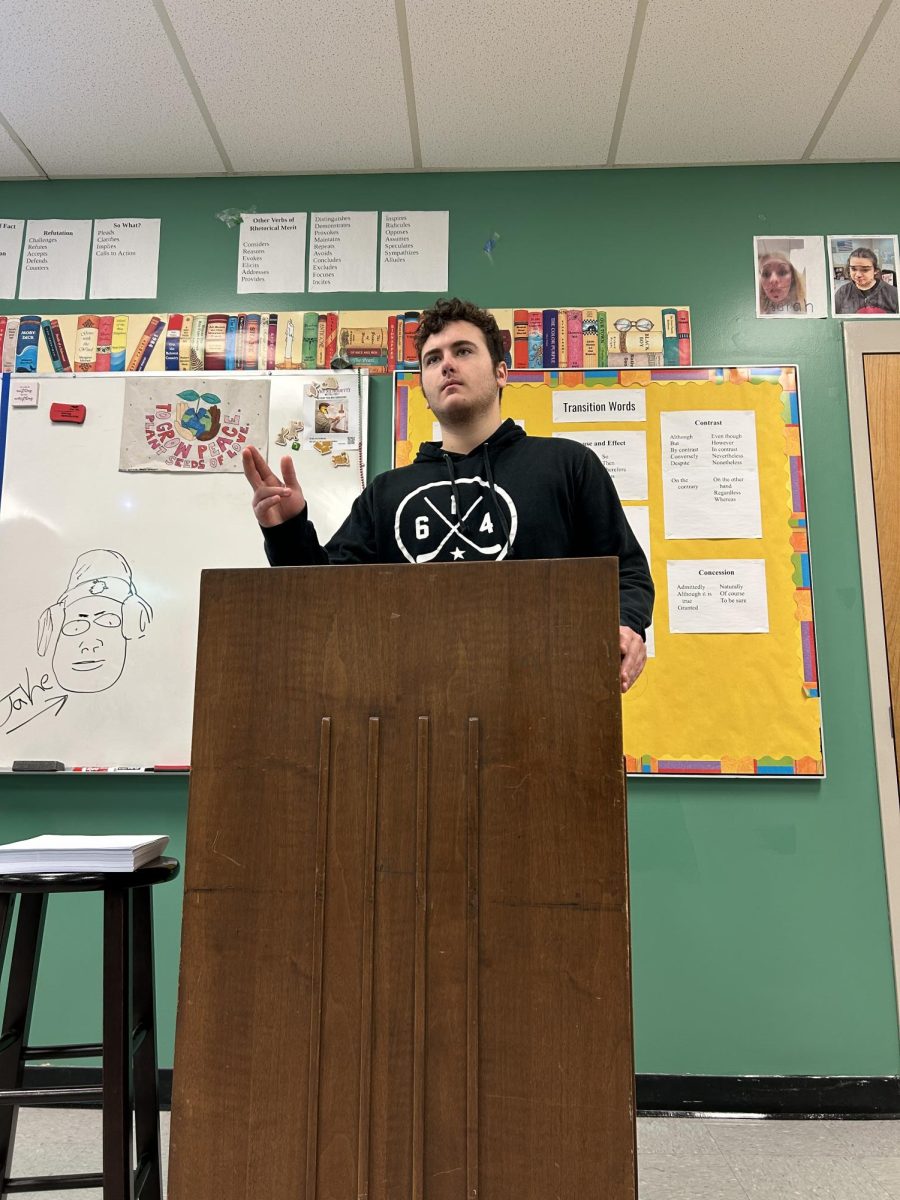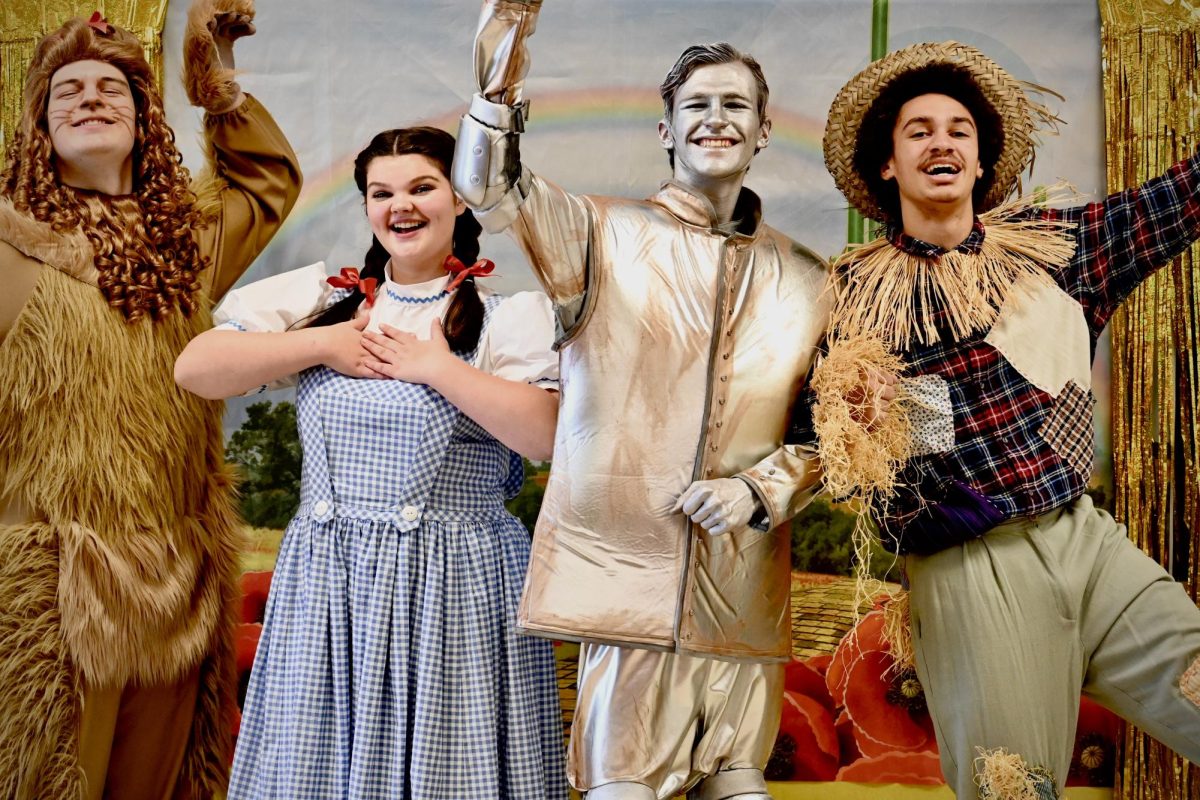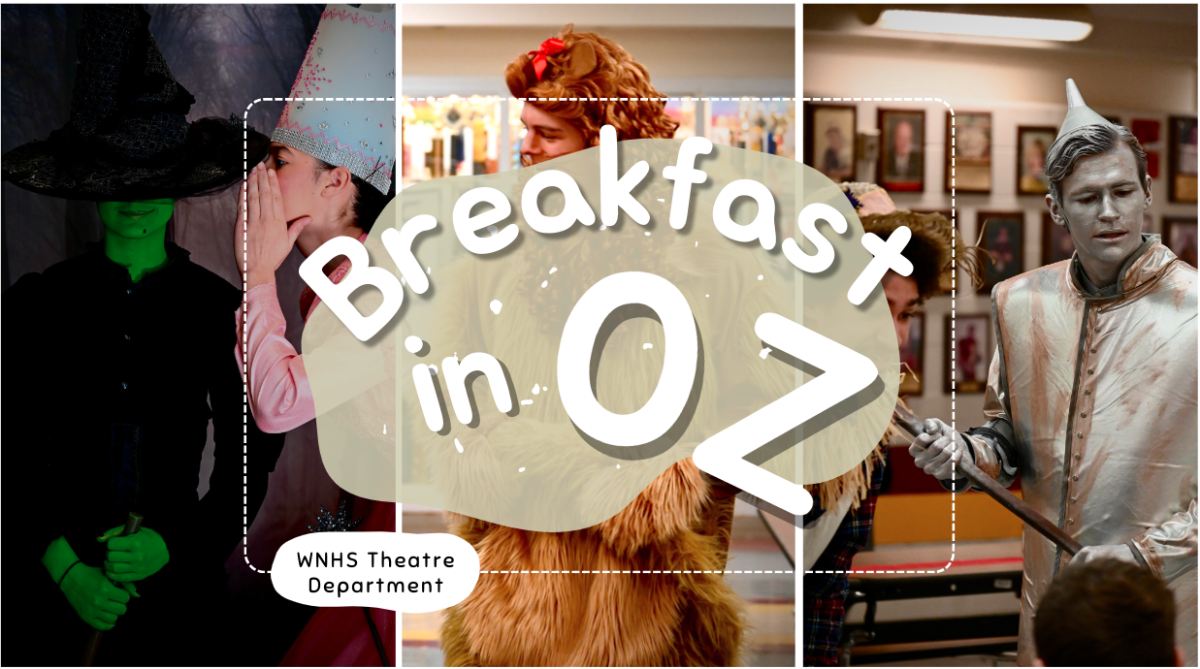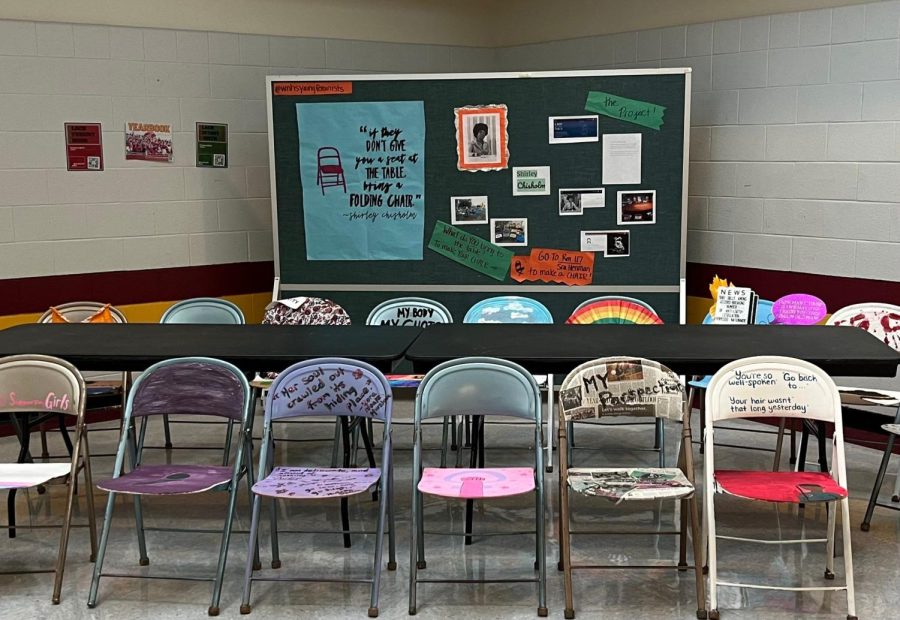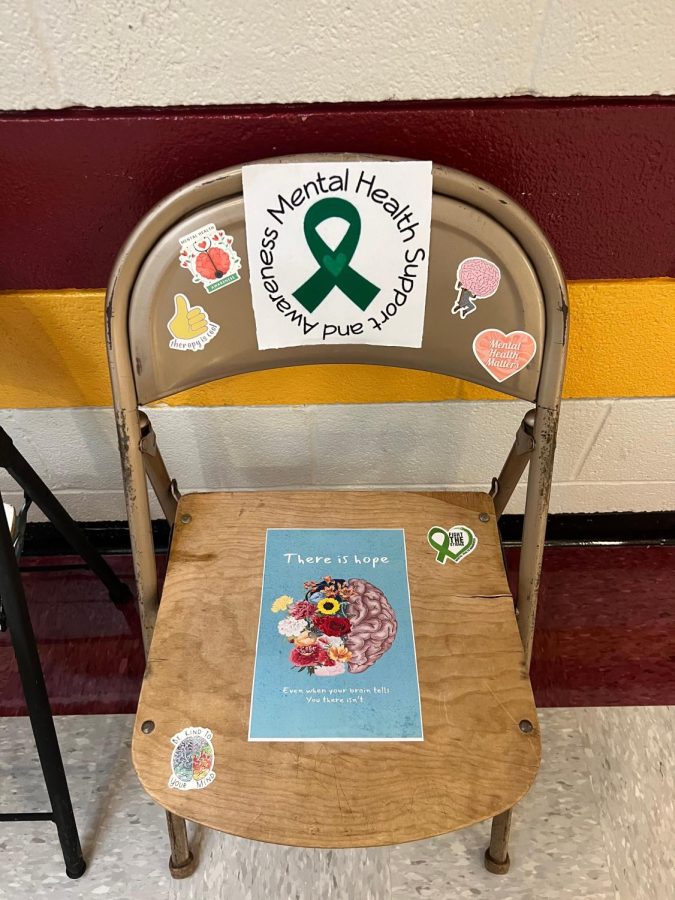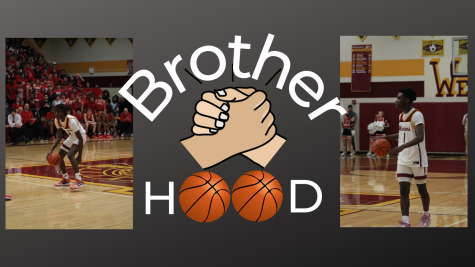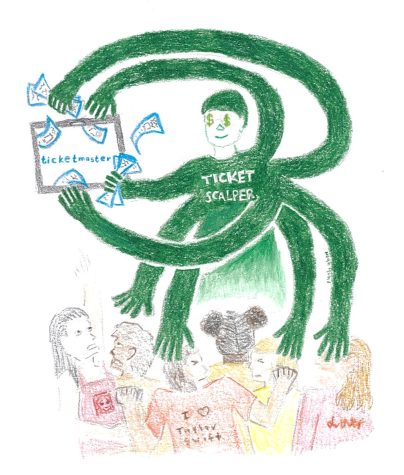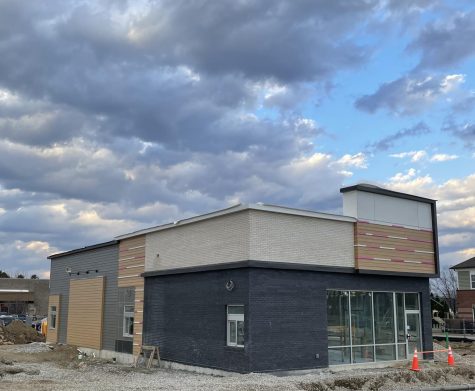Art Makes Impact
Women’s History Month first came to fruition as “Women’s History Week” in 1981 when Pub. L. 97-28 was passed in Congress. The passing of the law authorized and requested a Presidential proclamation of the week beginning on March 7, 1982. 5 years later, the National Women’s History Project petitions for the month of March 1987 as “Women’s History Month” which officially passed as Pub. L 100-9.
April 13, 2023
This year, to celebrate Women’s History Month (WHM), the Westerville North Young Feminists Club took inspiration from Shirley Chisholm to create a representation of North Students using folding chairs.
Beth Henman, the Young Feminists Club (YFC) advisor, decided on the project because she wanted to do something for WHM that was beyond the ordinary.
“[We are doing things differently] than doing daily announcements or a [showcase] display,” Henman said.
Henman also wanted to have something that was more tangible and something people could participate in.
Students and staff at North were invited to create their own chairs on two occasions after the YFC members created their own as examples for other students. Many chairs were made, including journalism, dress code, environmental and LGBTQ+ inspired chairs. The chairs are on display beneath the skylight in the language hallway of North.
Michaela Baum, a freshman English teacher at WNHS, was intrigued by the display. She was told about the project by former students who are YFC members and thought she would be interested in creating a chair of her own. Though she was not able to create a chair, she had seen them many times as she walked by on the way to her classroom.
Her interest first came from her enjoyment of students ‘claim[ing] space in the school’ as well as the physical and metaphorical idea of students bringing their chairs to the table throughout the Westerville City School District. Baum is very proud of the students who participated in the event.
“[The school should] continue to allow not just women but all students in our school to feel like they have a voice,” Baum said.
Though the official exhibit at the Edward M. Kennedy Institute for the United States Senate is no longer open, the museum is still accepting photo submissions from schools and organizations that created their own versions of the exhibit.
The inspiration for the display, Shirley Chisholm, was the first black woman elected to Congress in 1968 where she expressed her story beliefs of women having a voice and representation.
“If they don’t give you a seat at the table, bring a folding chair,” Chisholm said.
The final phase exhibit included a multitude of representations from many backgrounds.
“Twenty artist-created chairs that represented the stories of both historic and contemporary trailblazers who found their own seats at the table,” bringyourownchair.org said.
The Young Feminists exhibit is expected to stay up through April to allow all students to see it and spark the question of what they bring to the table within themselves. After all students and student groups have completed their chairs and placed them around the table, Senora Henman plans to take a picture and submit it to the EMK institute to show what Westerville North brings to the table.

